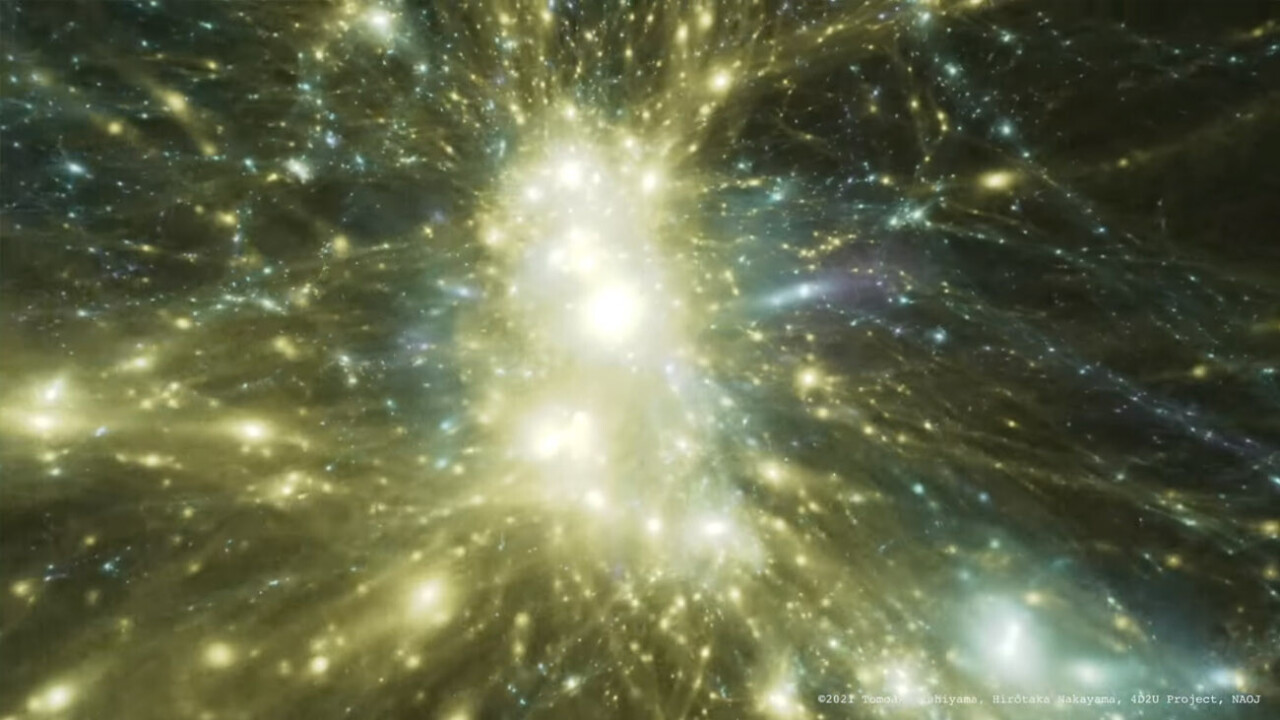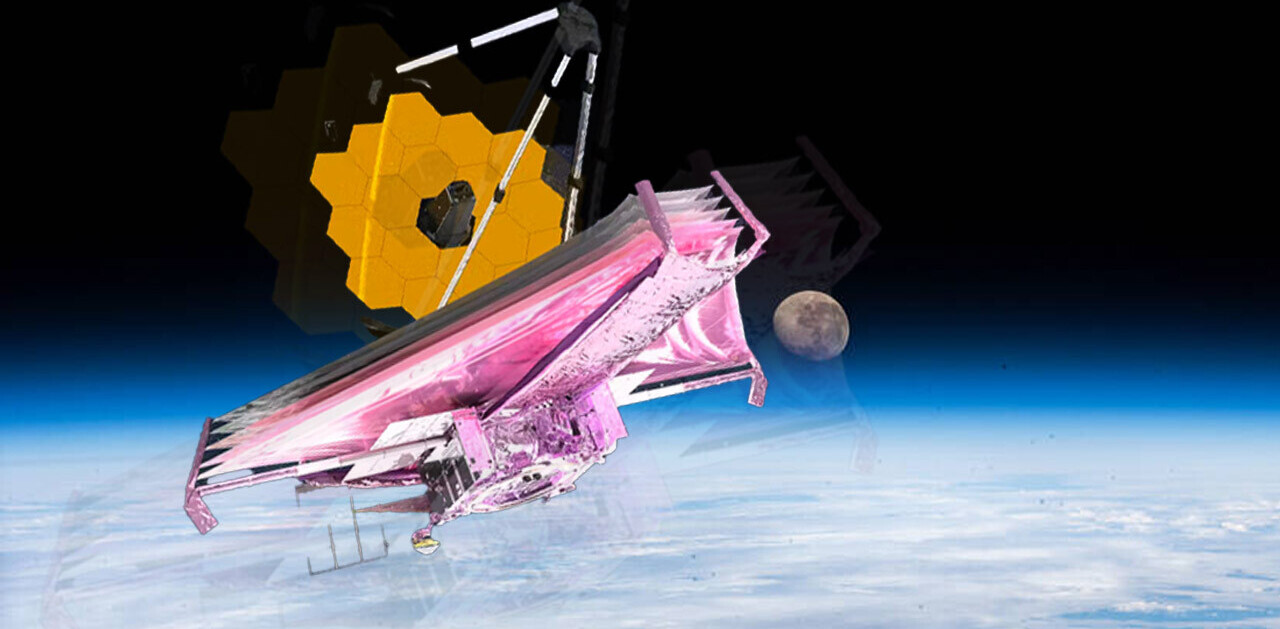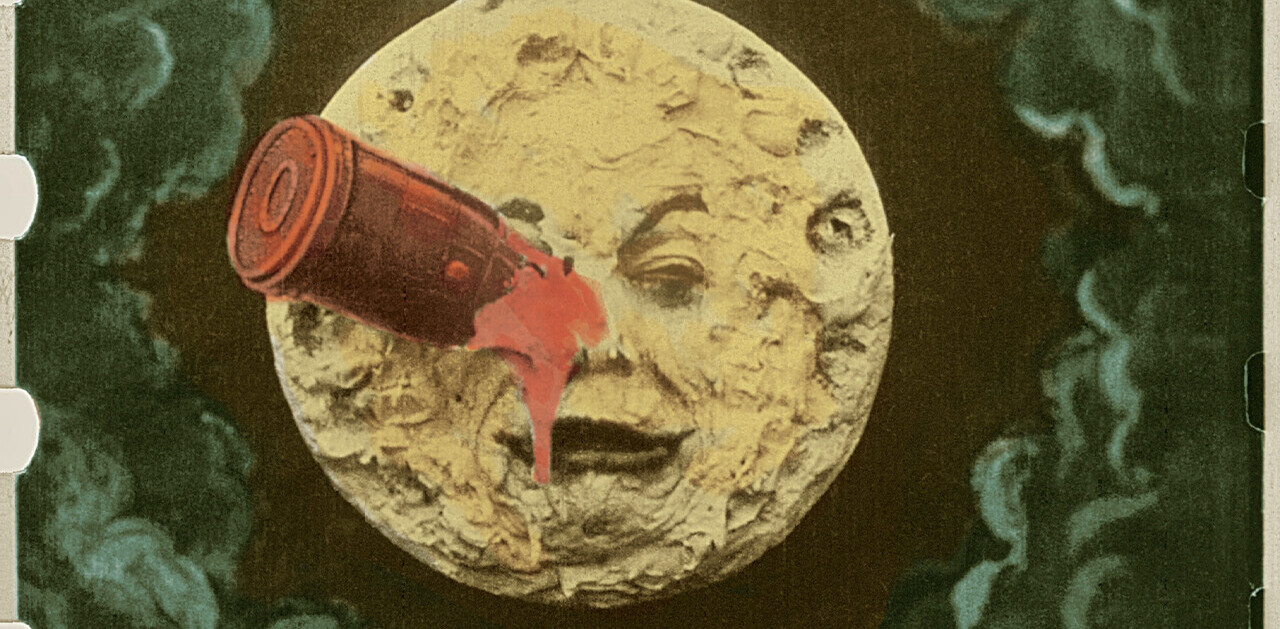Itis only a dream to explore the Universe by sailing between galaxies, soaring through vast regions of the Cosmos in a comfortably-short period of time.
But now, an international group of researchers have found a way to make this dream come true. A new virtual universe allows anyone to swoosh through the Universe in an unprecedented virtual setting.
Fly through the Universe in this video showing off the Uchuu model, provided by Center for Computational Astrophysics (CfCA)
Uchuu! Gesundheit!
Uchuu (宇宙) — which translates from Japanese as “outer space” is both the largest, as well as most realistic, simulation of the large-scale Universe ever produced.

Within a framework encompassing 9.63 billion light years per side, this virtual universe contains 2.1 trillion particles. Each side of this cube-shaped model stretches three-quarters of the distance from Earth to the most-distant galaxies.
“Combining these simulations, we can follow the evolution of dark matter haloes and subhaloes spanning those hosting dwarf galaxies to massive galaxy clusters across an unprecedented volume,” researchers explain in Monthly Notices of the Royal Astronomical Society.
Viewers wishing to zoom in on their house — or planet — may be disappointed to learn Uchuu is limited in detail to individual galaxies.
In addition to its sheer size and intricate detail, Uchuu is also unique in simulating the Cosmos over 13.8 billion years of time — from the Big Bang to our modern age.
“Uchuu is like a time machine: we can go forward, backward and stop in time, we can ‘zoom in’ on a single galaxy or ‘zoom out’ to visualize a whole cluster, we can see what is really happening at every instant and in every place of the universe from its earliest days to the present, being an essential tool to study the cosmos,” explains Julia Ereza, a doctoral student at IAA-CSIC experienced in using Uchuu to study the large-scale structure of the universe.
Geek Alert!
Uchuu was created using the most-powerful supercomputer dedicated to astronomy — ATERUI II.

This Cray XC50 massively parallel computer system utilizes 1005 nodes, more than 40,000 cores, and 20 Intel Xeon Gold 6148 Processors (each 2.4 GHz). The entire system has 385 terabytes of memory, 6.5 petabytes of disk space, and runs at a peak performance over three petaflops (three thousand million million floating-point operations per second).
“With ATERUI, we could only simulate a fraction of the actual number of stars in a galaxy. In contrast, ATERUI II can calculate the motion for all of the hundreds of billions of stars,” NAOJ reports.
Despite this massive computer power, this simulation still took a year to produce this virtual universe. Completion of the model entailed 20 million supercomputer hours, producing three petabytes of information — the equivalent of 3,000 laptops with a terabyte of memory each, or nearly nine hundred billion high-resolution pictures taken on a smartphone.
“Recently, a new type of astronomy called ‘simulation astronomy’ which uses computers has emerged. Using the computing power of supercomputers, we are now able to numerically solve equations that cannot be solved analytically. ATERUI II aims to depict a more realistic Universe through simulations utilizing its great calculation speed,” NAOJ describes.
People wishing to explore Uchuu in greater detail may do so at skiesanduniverses.org.
As additional large sky surveys come online in the coming years, Uchuu and similar programs will bring this big data from space down to Earth.
This article was originally published on The Cosmic Companion by James Maynard, the founder and publisher of The Cosmic Companion. He is a New England native turned desert rat in Tucson, where he lives with his lovely wife, Nicole, and Max the Cat. You can read the original article here.
Get the TNW newsletter
Get the most important tech news in your inbox each week.





